Top 10 Ways
To Make Your Home
More Eco-Friendly
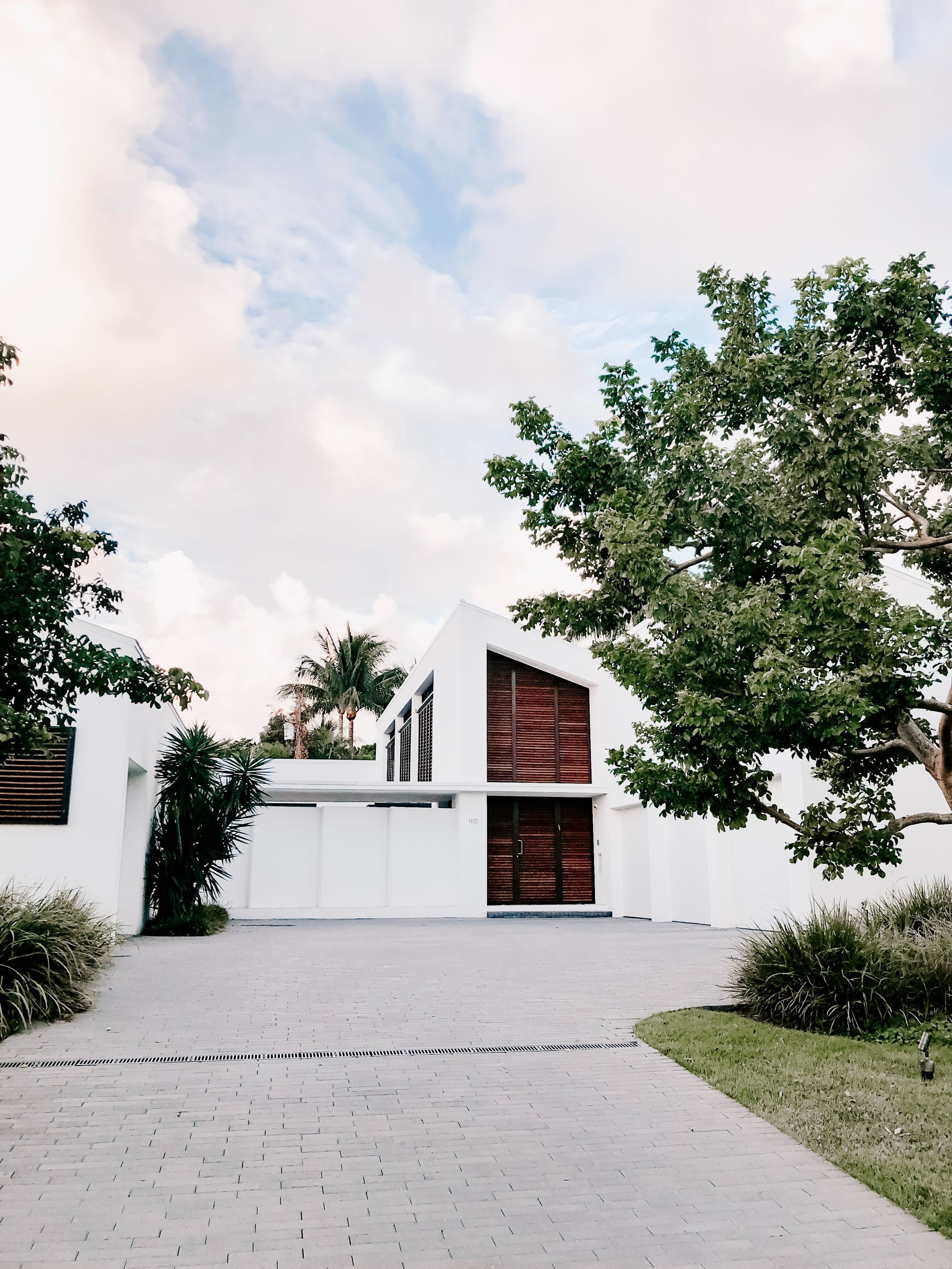
Saving the world can seem like a daunting and far-fetched goal to achieve. An endeavor not attainable by one man alone.
Your doubts however should not refrain you from making small, simple changes in your life to lead you into nurturing a better world to live in.
Whether you believe in climate change or not, making your home more eco-friendly has a multitude of benefits that anyone can appreciate.
I challenge you to make use of the material ahead, read on and pick one tip to start incorporating into your life… Enjoy!
1. Conserve your water
In February of this year 2019, there were reports of low water supply here in Sabah, Malaysia due to the drought. Droughts are not uncommon in many countries and we should not take our supply for granted. Water conservation also of course saves us money by bringing our water bill down.
Lower your water consumption and do not leave your tap running when brushing your teeth, shaving, doing the dishes or whenever else running water is not needed.
To ensure that you are not blindly wasting any water, make sure you regularly check for leaks and get them fixed.
A study also showed that a family of 4 can save up to 160,000 liters of water just by installing a low-flow shower-head!
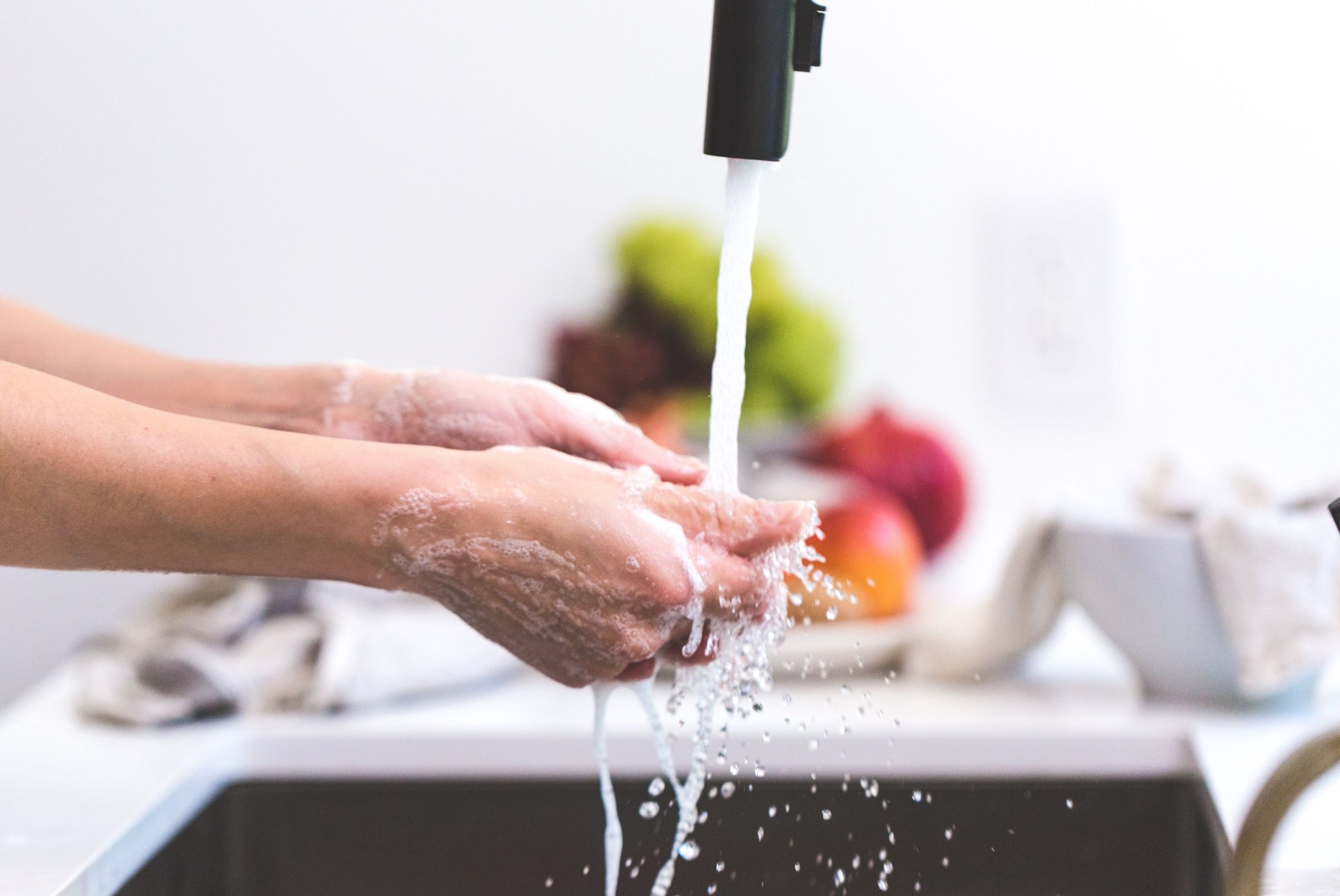
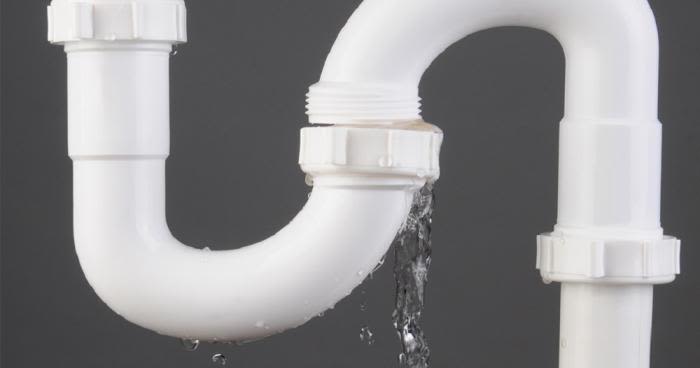
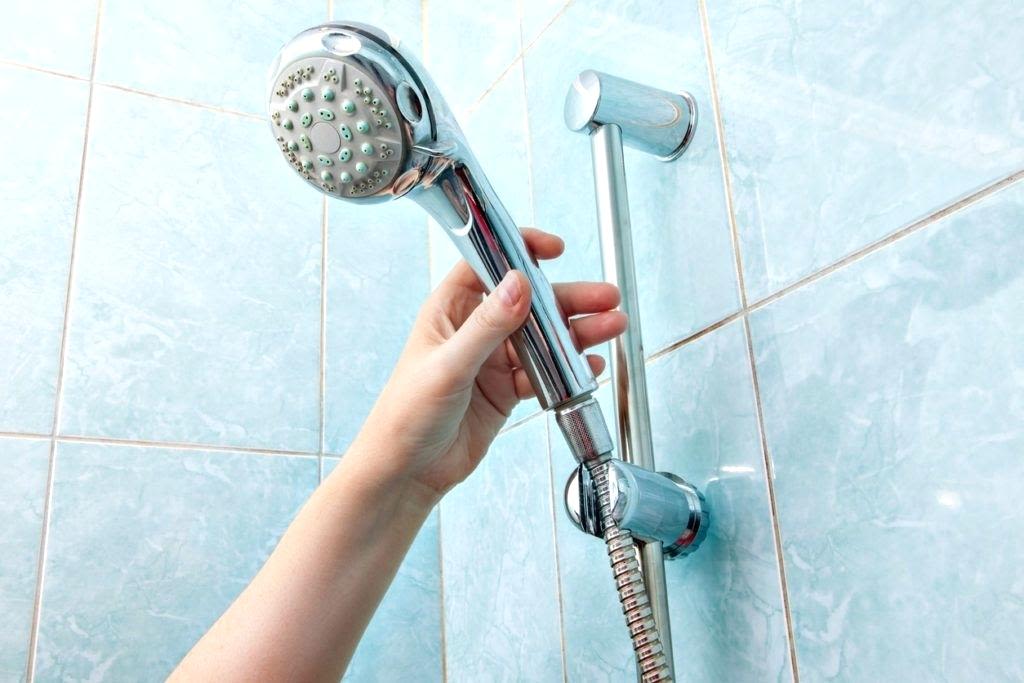
2. Energy Efficient Light Bulbs
Save 66% more energy by replacing incandescent light bulbs with Compact Fluorescent Light Bulbs (CFL).
By switching your light bulbs to CFLs, you will use less energy and they last longer which saves you money since you won’t have to replace them as often!
3. Time to Unplug
Did you know many plugged-in appliances use just as much power when they are switched off? Astonishing, I know. That includes TVs, cable boxes, laptops and more!
Reduce energy consumption by 15% by using a multi socket extension lead and unplugging it when not in use.
Imagine how much you will save with this hack. Now imagine how much good you are doing for our climate! Overall electricity production represents about 37 percent of all carbon dioxide emissions, one of the main contributors to climate change.
4. Attain an Energy-Independent Status
This is a great way to reduce your carbon footprint. Solar power doesn’t release any greenhouse gasses, it only uses energy from the sun.
Furthermore, by investing in solar power systems you can easily protect yourself against unpredictable increases in utility prices, and enjoy cheap electricity throughout the entire day - the sun will never increase its rates and it gives you energy security.
Once you have solar panels up on your roof, you’ve technically reached an energy-independent status.
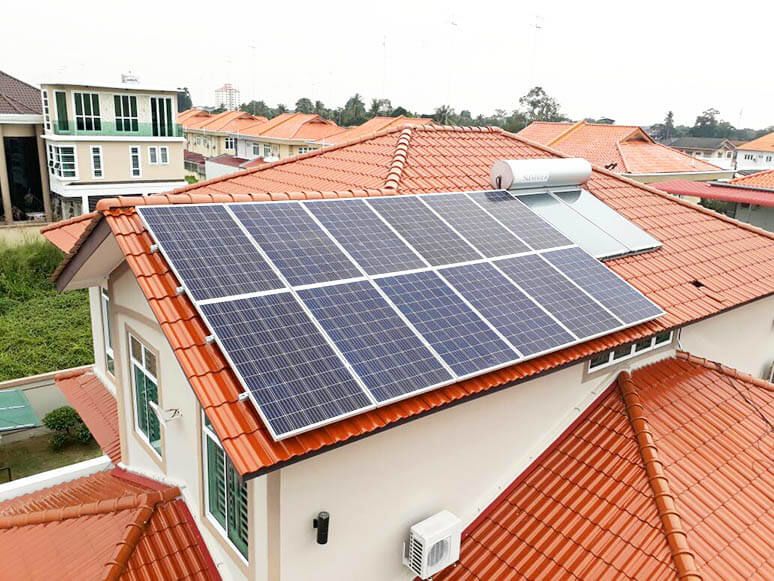
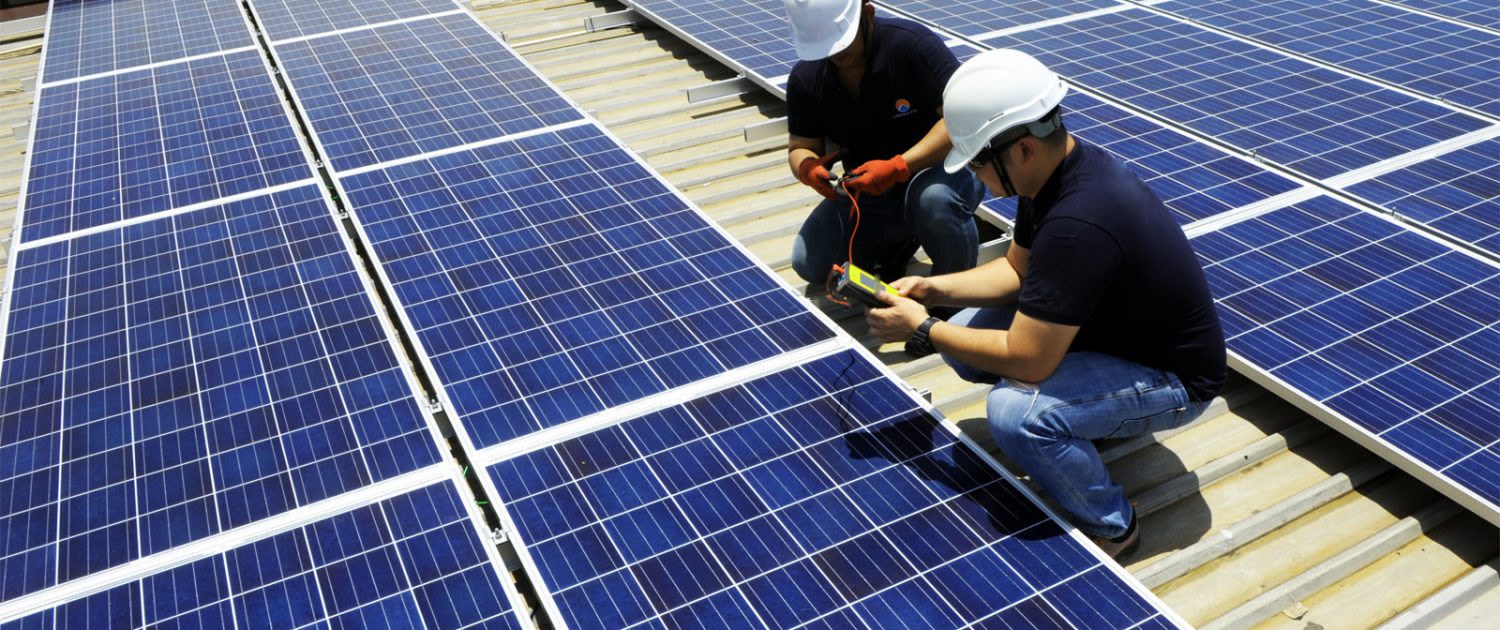
5. Embrace Natural Cleaning Products for your home
When you wash away harmful chemicals that are found in standard cleaning products, the water will need more purification before being able to be used again.
Natural products such as vinegar, citric acid and bicarbonate of soda work just as well, are safer for you and your family and can be more cost efficient!
6. Compost Organic Waste
Composting your organic waste reduces the need for water, fertilizers and pesticides. There are a few different ways you can adopt this method into your home, so you may like to do a little extra research here.
7. Insulate your home
Insulation is the control of heat transfer and in Malaysia, when temperatures range from 27°C 30°C and above, you’re going to want to keep as much heat out as possible.
Especially when most people keep their air conditioning at 16°C to 20°C. That’s a big difference to constantly try to control!
Not only will insulation improve the comfort of your home, but it will reduce your energy bill as you use your air conditioning less. Insulation can also make your home soundproof!
If your ceiling or roof has no insulation, you can lose around 40% of your cooling energy and you can also save up to 25% of cooling energy with wall insulation.
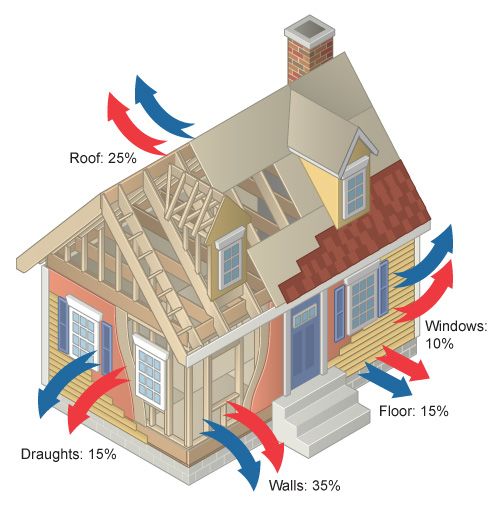
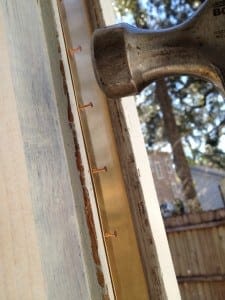
8. Energy Efficient Windows
Like insulation, you shouldn’t forget your windows to keep the warmth out and the coolness in! Heat gain and heat loss through windows are responsible for 25%–30% of residential heating and cooling energy use.
If your windows are in good condition, taking steps to improve their efficiency may be the most cost-effective option instead of replacing them altogether. You could try:
- Check existing windows for air leaks
- Caulk and weatherstrip.
- Add window treatments and coverings.
- Add storm windows or panels
- Add solar control film
- Add exterior shading, such as awnings, exterior blinds, or overhangs.
9. Don’t you love laundry day?
Did you know energy-efficient washing machines use 20% less electricity and 35% less water? Did you know there was such a thing as energy-efficient washing machines? Well now you know.
You might also like to opt for hang drying your clothes to not only protect your garments and make them last longer but also to reduce household costs and energy consumption.
10. Purify the air you breath indoors
Here is a little chart of indoor plants that will cleanse the air of your home, look great and are easy to keep alive!
Image source: https://laurenconrad.com/blog/2016/09/green-thumb-the-easiest-houseplants-to-keep-alive/

Source: JENNIFER ROBERTS/THE GLOBE AND MAIL
Source: JENNIFER ROBERTS/THE GLOBE AND MAIL
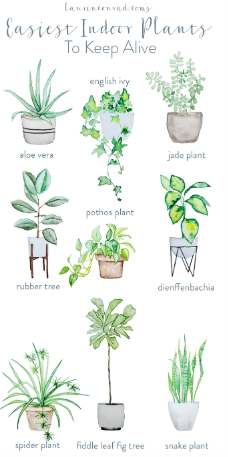
Let us know on Facebook which tip you would like to try or share with us the things that you do at home to be more eco-friendly!
